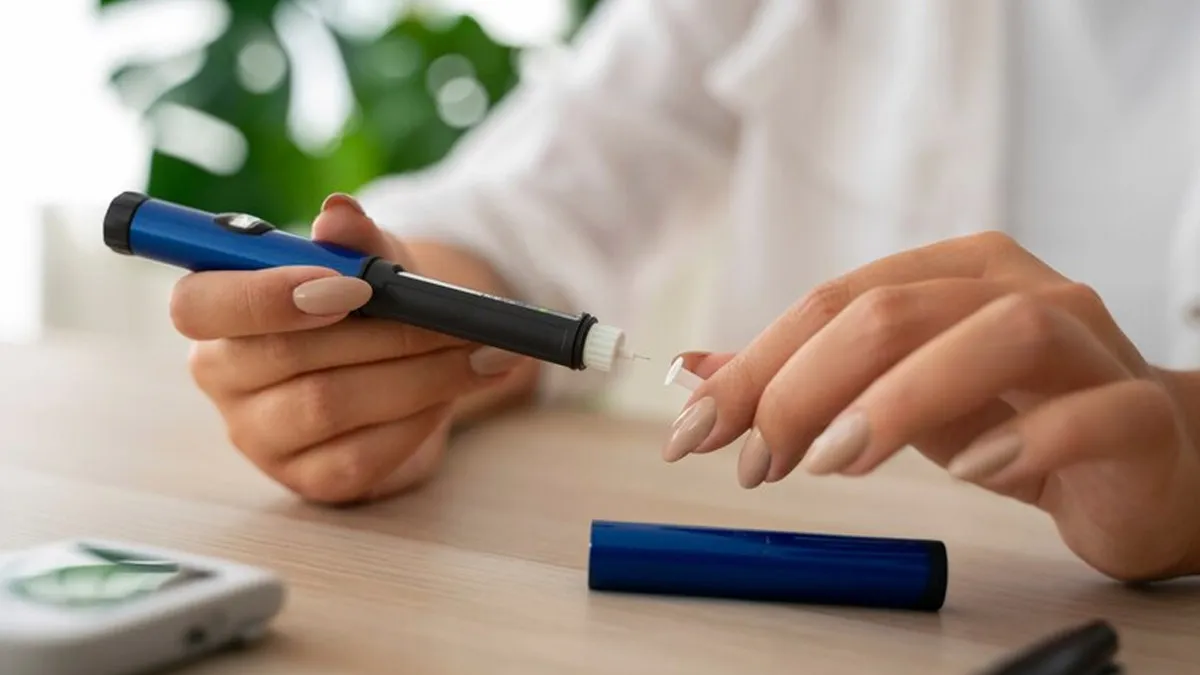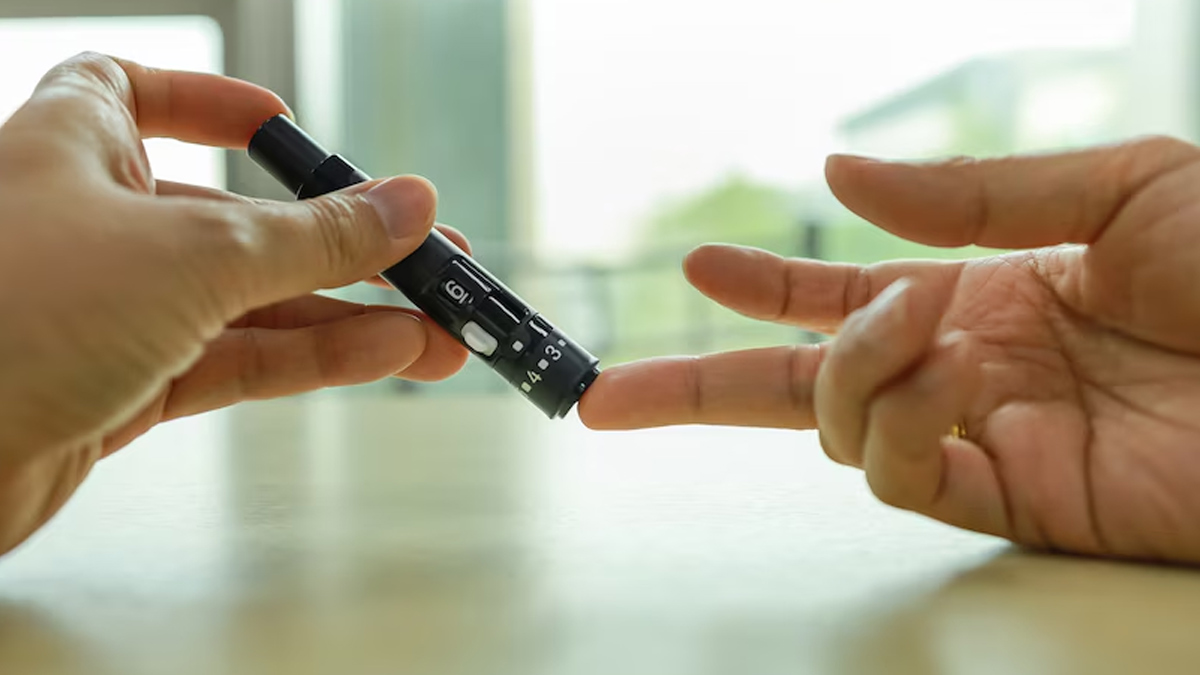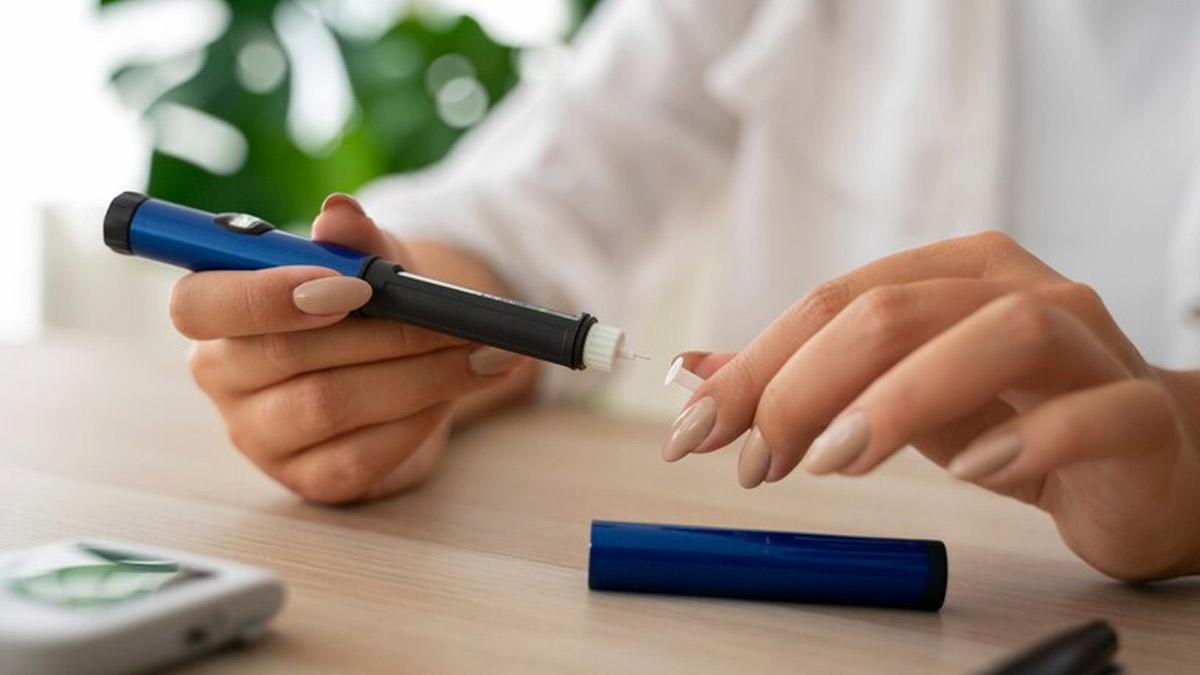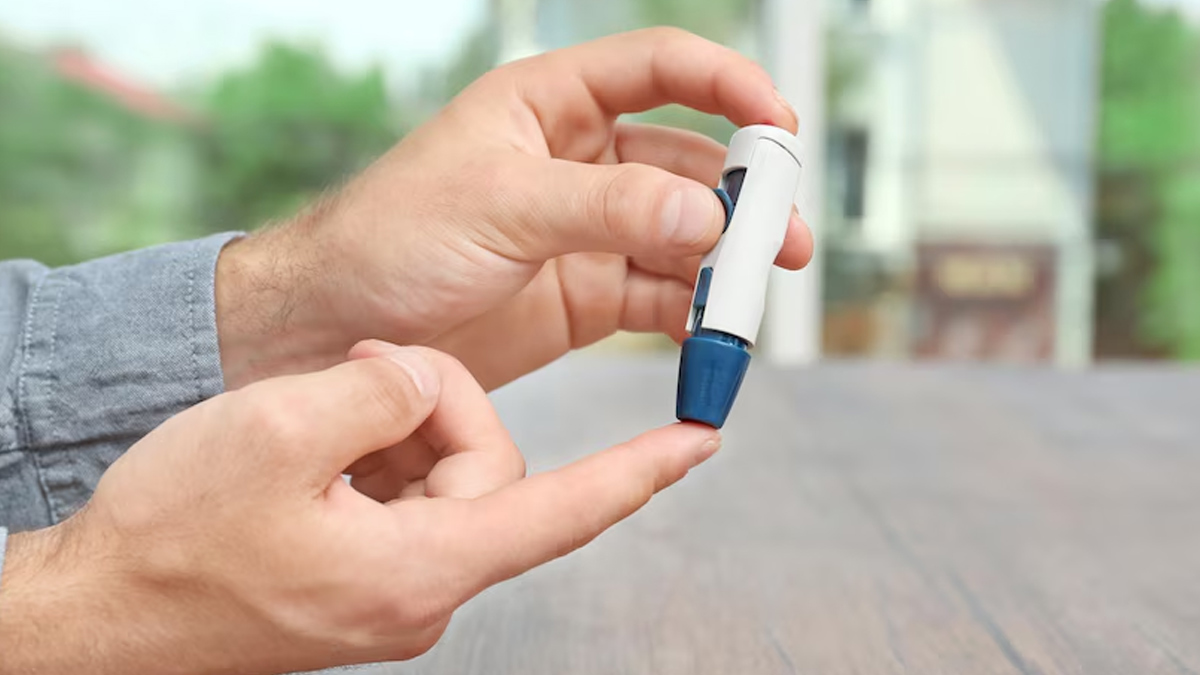
For people with diabetes, checking blood sugar levels is a crucial part of daily life. However, many individuals unknowingly make the process more painful than it needs to be. The way you prick your finger can significantly impact your comfort, and choosing the wrong spot may lead to unnecessary discomfort. Fortunately, with a few simple adjustments, blood sugar testing can become a quick and painless routine. Whether you're using a traditional glucometer or considering advanced options like continuous glucose monitors (CGMs), learning the right technique can make all the difference in managing your diabetes effectively and comfortably.
Table of Content:-
In an interview going with Food Pharmer, Dr Roshani Sanghani, American board certified Endocrinologist and an Author, talks about the painless way of testing blood sugar test.
She points out a common mistake, pricking the sensitive centre of the fingertip. She explains how a small adjustment in technique can make a big difference in reducing discomfort.
Why Does Pricking Hurt?

The fingertips are among the most sensitive parts of the body, packed with nerve endings that allow us to feel textures, temperatures, and pain. “If you prick the fleshy centre of your fingertip, it’s not just painful, it’s torturous,” says Dr Sanghani. “It’s no wonder many people dread testing their blood sugar levels.”
This sensitivity often leads to frustration and avoidance, creating a barrier to effective diabetes management. But there’s good news: testing doesn’t have to hurt.
Also read: Sugary Drinks Causing Over 3 Million Diabetes And Heart Disease Cases Every Year: Study
The Namaste Trick for Pain-Free Testing

Dr Sanghani suggests a simple, yet effective, method to make blood sugar testing more comfortable. “Bring your palms together in a ‘namaste’ gesture,” she says. This exposes the edges of your fingers, which are far less sensitive than the centre.
“The edges of your fingers are ideal spots for pricking because they’re less densely packed with nerve endings,” explains Dr Sanghani. She encourages using yoga mudras, various hand poses that naturally highlight the finger edges, as another way to identify less painful testing sites.
With five fingers and two sides per finger, this approach provides up to ten different testing spots. Rotating among these sites prevents overusing a single spot, which can lead to soreness or calluses.
The Importance of Regular Testing
Diabetes management depends on regular blood sugar testing to track how food, exercise, stress, and medications affect glucose levels. Dr Sanghani emphasises, “Your blood sugar levels offer immediate insights into how your body is responding to daily life. The more data you have, the better decisions you can make.”
Using the edge-of-the-finger method makes the process less daunting, encouraging people to test consistently. “If it hurts less, you’re more likely to do it regularly, which is vital for managing diabetes effectively,” she adds.

Consider Continuous Glucose Monitors (CGMs)
For those who want to avoid pricking entirely, continuous glucose monitors (CGMs) offer an excellent alternative. These devices are attached to the skin and measure blood sugar levels around the clock.
“CGMs provide a comprehensive view of how your glucose levels fluctuate throughout the day and night,” says Dr Sanghani. “They’re especially useful for identifying trends and making proactive adjustments to your diet or medication.”
While CGMs can be more expensive than traditional glucometers, they’re a valuable tool for people who need or want detailed monitoring.
Also read: How Air Pollution Affects Insulin Sensitivity? Doctor Explains
A Small Change with Big Benefits
Whether you use a traditional glucometer or a CGM, the goal is the same: gathering accurate information about your blood sugar levels to maintain better control of your health. With Dr Sanghani’s tips, even finger-pricking can become a less intimidating and more manageable part of daily life.
“Testing doesn’t have to be cruel,” she says. “By pricking the edges of your fingers, you reduce the pain significantly, making the process less of a chore and more of a routine.”

Take Control of Your Diabetes Management
The key to effective diabetes management lies in regular, pain-free testing. The next time you’re about to check your blood sugar, try Dr Sanghani’s method: aim for the edges, rotate your testing sites, or explore the option of a CGM.
“Small changes in technique can make a world of difference,” says Dr Sanghani. With the right approach, testing becomes easier, encouraging better consistency and giving you greater control over your health. Diabetes management doesn’t have to hurt—take charge and make it as painless as possible.
Also watch this video
How we keep this article up to date:
We work with experts and keep a close eye on the latest in health and wellness. Whenever there is a new research or helpful information, we update our articles with accurate and useful advice.
Current Version
